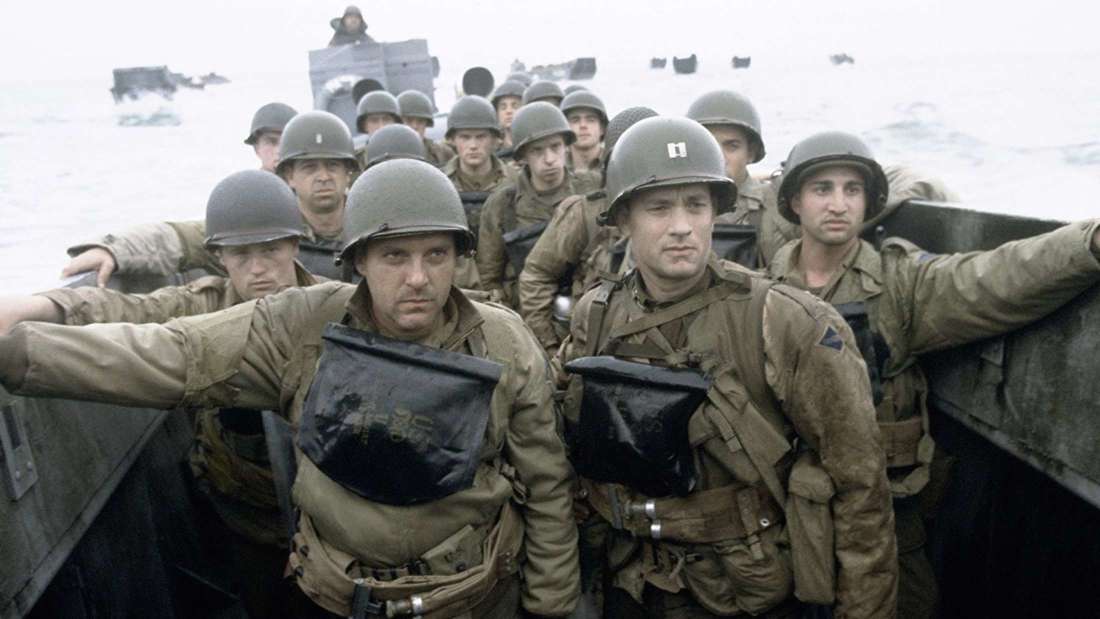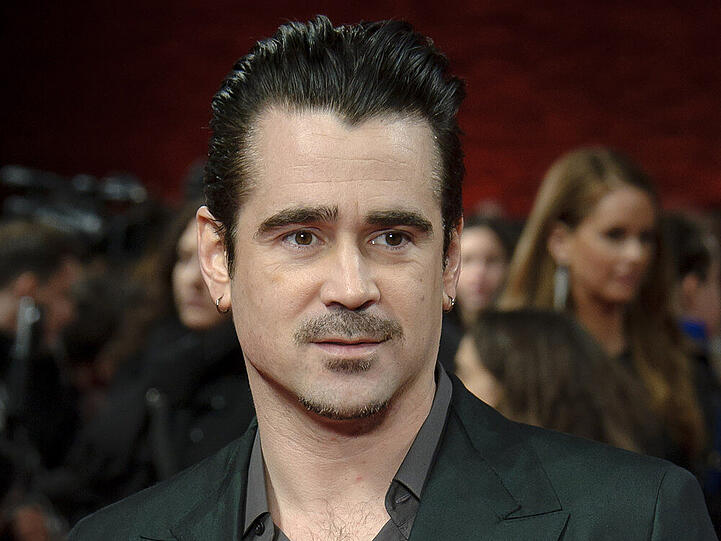
The Importance of Saving Private Ryan
Released in 1998, Steven Spielberg’s Saving Private Ryan revolutionised the portrayals of World War II in cinema. Its gripping narrative, combined with groundbreaking cinematography and authentic battle sequences, has cemented its status as one of the greatest war films ever made. The film’s visceral depiction of the D-Day invasion at Omaha Beach profoundly shaped public perception of warfare, making it an essential subject for both film enthusiasts and historians.
The Plot and Creative Choices
Saving Private Ryan follows Captain Miller (played by Tom Hanks) and his squad as they undertake a dangerous mission to locate and bring home Private James Ryan (Matt Damon), the last surviving brother of four servicemen. Spielberg’s decision to begin the film with the harrowing D-Day landings showcases the horrors faced by soldiers during combat. The shocking realism of these sequences is attributed to the film’s use of handheld camera techniques and a muted colour palette, mimicking a documentary style that immerses viewers in the experience.
Cultural and Historical Significance
The film does not just serve as entertainment; it has also sparked discussions about the morality of war and the sacrifices made by soldiers. Its portrayal of camaraderie amidst chaos and the ethical dilemmas faced by the characters initiates critical debates on the cost of conflict and the value of human life. Saving Private Ryan became a cultural touchstone, influencing numerous films, video games, and documentaries that followed in its wake. Its impact on the collective memory of World War II is undeniable, as it has strong resonances today amid ongoing discussions about heroism and the brutal realities of war.
Critical Reception and Legacy
The film received numerous accolades, including five Academy Awards, and is consistently ranked among the best films of all time. Critics laud it not only for its historical accuracy but also for its emotional depth and character development. Its success has led to greater interest in World War II narratives in popular culture, evidenced by an increase in similar films and series commemorating those who served. The film’s legacy is further reflected in American cinema, where realism in depicting war has become the standard.
Conclusion
As we reflect on Saving Private Ryan‘s enduring significance, it remains a vital reminder of the human experience during warfare. It encourages a new generation to comprehend the sacrifices made in the name of freedom and the profound cost of war. This compelling narrative continues to resonate with audiences, not merely as a cinematic achievement but as a poignant exploration of humanity amidst conflict, making it a subject of discussion for years to come.
You may also like

The Enduring Legacy of Sylvester Stallone

Brie Larson: A Closer Look at Her Impact in Film
